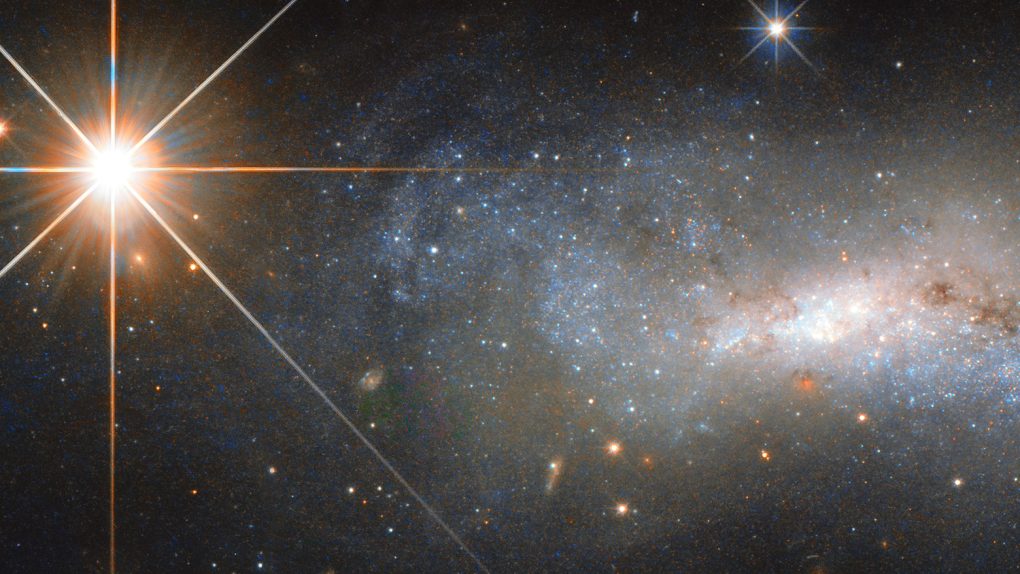SpaceX’s launch of NASA’s exoplanet-hunting TESS satellite may have been delayed, but that’s not stopping scientists from using the hardware they already have to make new, otherworldly discoveries. The latest in exoplanet news comes from Japan, where a team of astronomers has identified a trio of gas giant planets orbiting two different stars many light years from Earth. The scientists, which know very little about the planets aside from the fact that they exist, published their findings in a new research paper.
The planets were found near a pair of stars named 24 Booties and Gamma Librae. 24 Booties hosts a single gas giant, while Gamma Librae hosts a pair of the large planets. They were discovered using radial velocity measurements taken by the Okayama Astrophysical Observatory in Japan.
The stars that are being orbited by the gas giants are similar in mass to our Sun, but much different in terms of size. 24 Booties is roughly the same mass as our own star, but 11 times larger, while Gamma Librae is around 1.5 times the mass of the Sun, but also roughly 11 times larger. They are considered “evolved stars,” and part of what makes this discovery special is that the planet orbiting 24 Booties is has the shortest orbital period of any planet discovered around a star of its size.
The planets themselves are still shrouded in mystery, but we do have a pretty good idea as to their size. The planet orbiting 24 Booties is thought to be around 0.91 the mass of Jupiter, while the two planets around Gamma Librae are estimated to be larger, weighing in at 1.02 and 4.58 Jupiter masses. Compared to Earth, these planets are incredibly large, which is one of the reasons why astronomers were able to detect them.
These three planets are certainly interesting for researchers, but they aren’t the first gas giant exoplanets to be discovered. Astronomers have spotted “hot Jupiter” planets in the past, which orbit extremely close to their star and are essentially massive spheres of super-heated gas. Gas giants in general are still only vaguely understood, and scientists don’t know exactly what lies in their centers. Solid cores are thought to be inevitable due to the pressure present deep within the clouds, but we don’t yet have the technology to peer inside of our closest giant, Jupiter.








